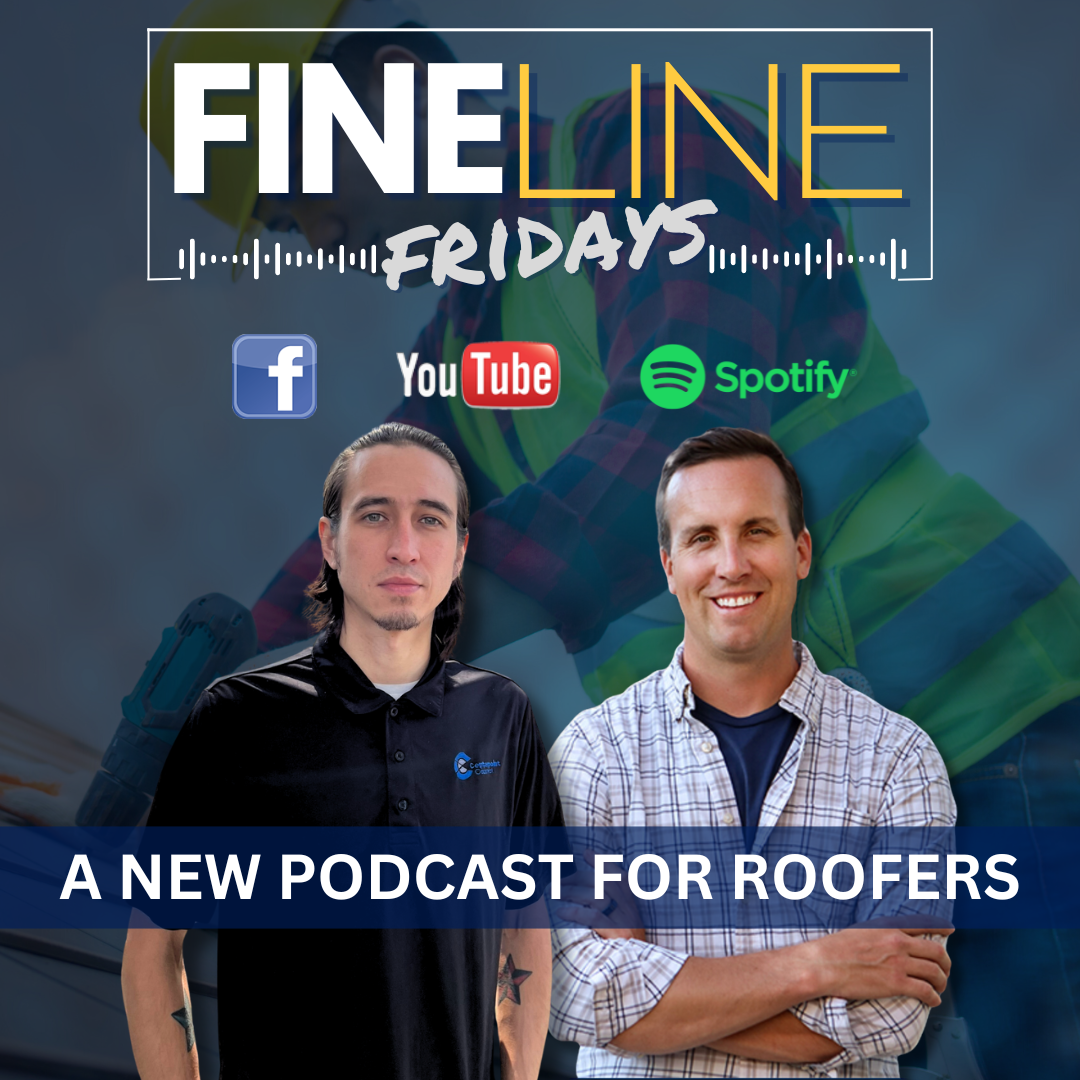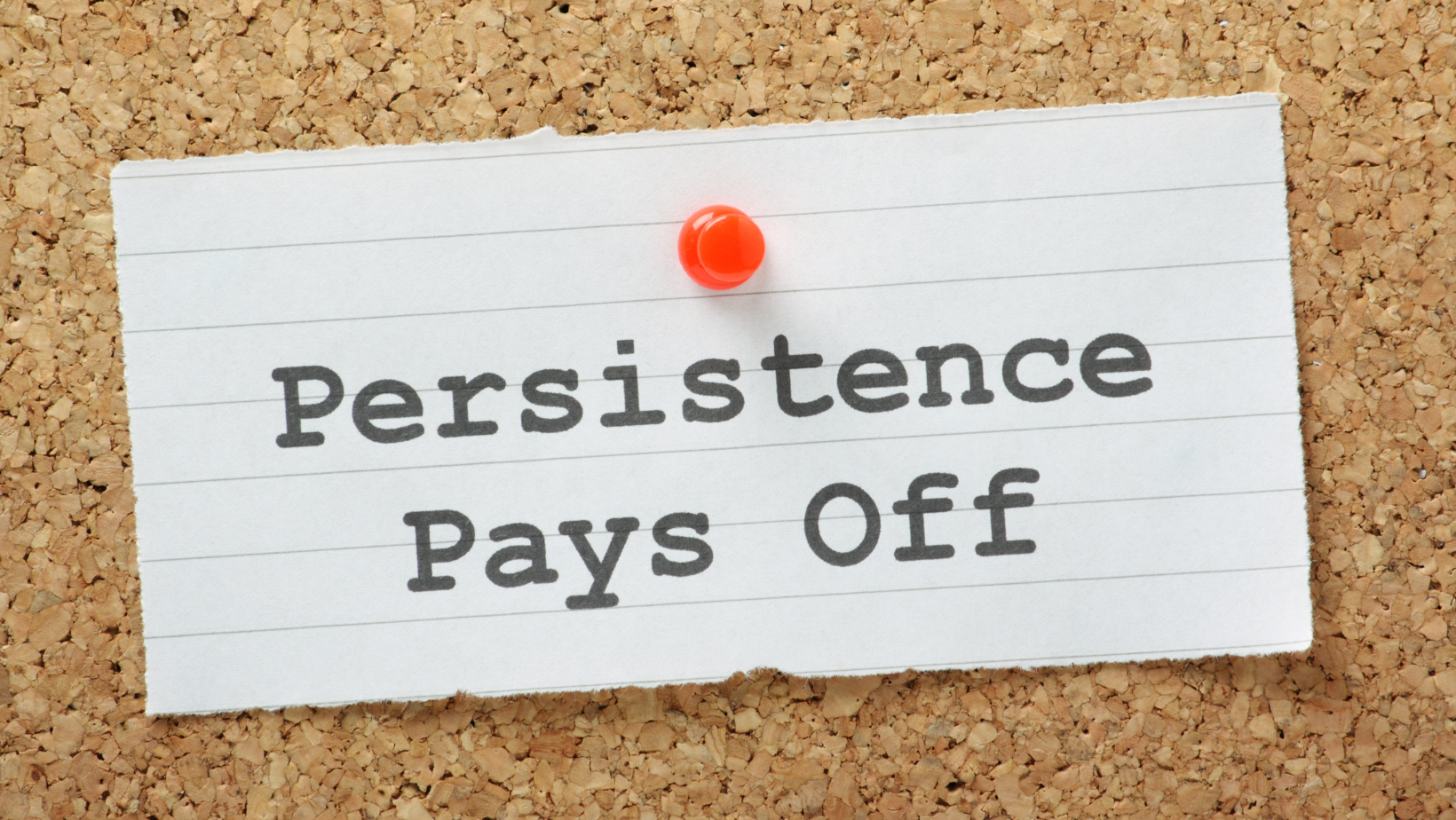Selling Skills – How to Open a Call
When it is time to make a sales call, what is the best way to begin? Some techniques to open a call are the following:
- Open Probes
- Purpose Statements
- General Benefit Statements
Open Probes: Open probes are particularly useful in situations where you feel the customer will quickly reveal opportunities or needs. When you use an open probe to begin a call, it’s generally best to make some sort of bridging statement to position your probe. For Example:

- “When we spoke on the phone, you mentioned that you were thinking of a Preventive Maintenance program. What exactly are you looking for?”
- “The last time we met, you mentioned there were some quality issues. What seems to be the problem?”
- “Last week, I had a chance to talk to Joe Smith. He tells me that you want to make some changes. What did you have in mind?”
Purpose Statements: Purpose statements are useful in situations where you have had some sort of previous contact with the customer. When you open a call with a purpose statement, you provide the customer with an explanation of what you hope to accomplish on the call. Generally, it’s a good idea to begin a purpose statement with a bridge that helps to position your purpose. For example:

- “The last time we got together you agreed that…What I’d like to do today is talk further about your organization to see how else we might be able to help you.”
- “When we spoke on the phone, you mentioned you were having problems with… What I’d like to do today is learn more about those problems and determine how we can help you.”
- “The last time I was here, I met with Jane Smith. She was interested in…and asked me to speak with you. What I’d like to do today is learn more about your company to see if we might be of service.”
After you make a purpose statement, you will pause and wait for a customer’s reaction to the statement. The customer may react with an attitude, reveal a need or an opportunity, provide you with background information, make no relevant response (in which case you would have to probe), or simply say something like, “Sure, what would you like to know?”
General Benefit Statements: General benefit statements are particularly useful for customers who are not very familiar with our product/service or your company and may need some information before they are receptive to probing. You make a general benefit statement by describing an assumed customer need based on information gathered on previous calls, pre-call research or knowledge or trends in the customer’s industry. For example:

- “Many property managers are looking for ways to manage their data. Our company provides electronic access to work order status and Roof Asset Management data. Through any internet device, you can access information on your properties. It is real data/real time.”
- “As you are aware the competition for reliable, safe and secure data centers is extremely fierce. As a result, companies are looking for ways to ensure that their facilities stay watertight. A tour company, we have an innovative inspection and maintenance program to catch roof problems before they actually become a problem.”
Once you make a general benefit statement, you can either pause or wait for a customer reaction, or you can go on to make a purpose statement and then pause for a customer reaction. In addition to its use at the beginning of a sales call, the general benefit statement can be effective in several different situations. For example:
- On the telephone to gain a customer’s interest and make an appointment.
- In an email, presentation, or proposal to describe your product or company in a general context.
- At any time during a sales call to change the subject or to determine a customer’s attitude toward a benefit.






